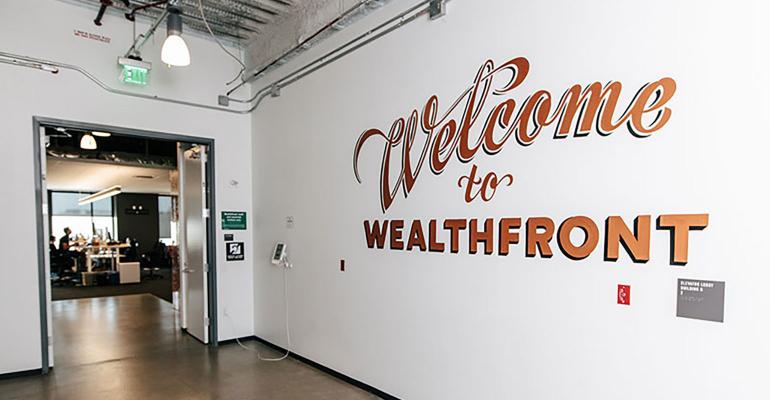Automated investing platform Wealthfront is doubling down on a "key initiative for 2019:" helping clients with their short-term needs. The firm built one-time expenses into its automated financial planning, according to a company blog post, both as a way to harvest user data on the details of users' goals and to provide more-nuanced financial-planning advice. The one-time expenses include categories like wedding expenses, home renovations and car purchases, as well as the expected cost of the expense and when the user plans to incur the expense. A full list of categories for the one-time goals was not included in the post and available only by downloading the app.
The focus on short-term needs follows the firm's launch of an FDIC-insured cash account last month, after rival Betterment launched a cash solution in 2018 and Robinhood announced plans for a cash management solution.
Currently the one-time goals include the timing and cost characteristics assigned to them by investors making the goals, but they will eventually get more features, said Kate Wauck, VP of communications. One of the company's more-established features, the college savings goal, includes behind-the-scenes data integrations that allow users not only to pick the college they hope their children might attend but also to project what the cost of that college might be and even how much financial aid the child might receive. Similarly, Wealthfront plans to build features like that around each one-time goal, noted Wauck, but not in the "near term."
The separation of financial planning from account opening has resulted in "an uptick" in user growth, said Wauck, without providing more details. The new feature is available only in the company's app. Users of the desktop version of Wealthfront will have to wait until next week to add any one-time goals.





